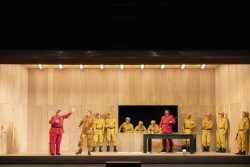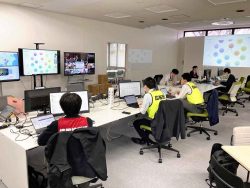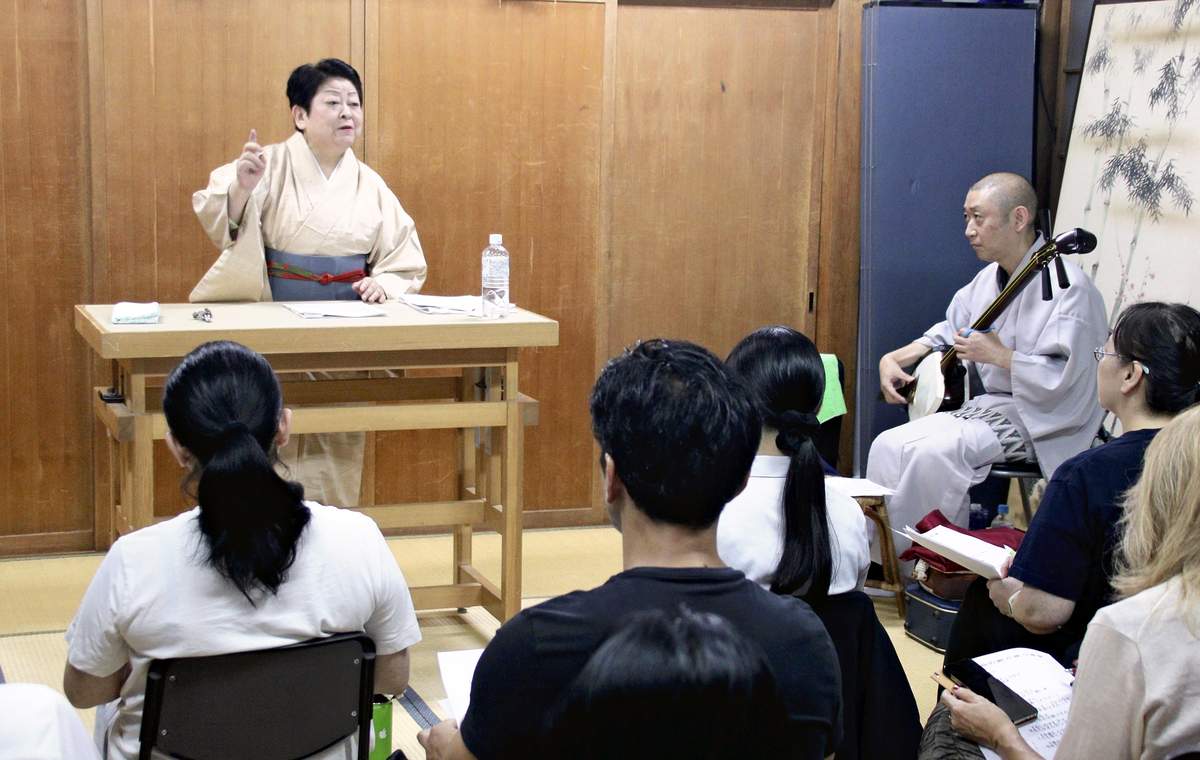
Tenchuken Ungetsu, leader of an association of rokyoku artists, standing, teaches a rokyoku class in Asakusa, Tokyo. The popularity of this class prompted the association to hold additional sessions.
16:30 JST, December 15, 2024
Rokyoku narrative singer Tamagawa Nanafuku is using the modern-day vehicle of social media to spread information about Japanese traditional performing arts in a bid to encourage people of all ages to start learning these arts and help keep these cultural traditions alive.
Nanafuku shares details about training venues and other information on rokyoku and other traditional performing arts. As well as creating an environment that makes learning these arts easier and more accessible, Nanafuku believes having people try their hand at such performances will make spectators more attuned to the sights and sounds that come from the stage.
“As people get older, I think it’s important for them to learn and enjoy things that can’t be evaluated in the usual ways,” Nanafuku said.
Rokyoku is a type of narrative singing accompanied by a shamisen three-stringed lute. Before starting this project, Nanafuku also reached out to several dozen people involved in a range of performing arts such as noh plays and kyogen comic drama. On June 6, a date considered in Japan a “good day to start learning something new,” Nanafuku and her colleagues unleashed a flurry of social media posts bearing a hashtag that, in Japanese, means “recommendations for traditional performing arts training.”
As a result, many people shared information about practice venues for various performing arts. Nanafuku’s acquaintances in the rakugo comic story-telling and gidayu musical narration circles reported that these messages had prompted people to attend their training sessions. She felt that her efforts were producing fruit. “The connections between these traditional performing arts communities were weak for a long time,” Nanafuku said. “But this social media campaign has helped us strengthen them.”
However, the success of this initiative also underscored the stark reality that many performers of these arts are uncertain about how these traditions will be handed down. “I hope that sowing even a few of these seeds each year will lead to these art forms becoming more widespread,” Nanafuku said.
During her days as a regular company employee, Nanafuku attended a rokyoku shamisen class organized by an association of rokyoku artists. She subsequently began training as a performer under Tamagawa Fukutaro II and initially served as a shamisen accompanist before later becoming a rokyoku reciter.
“In the classroom, your age or sex or position or motivation didn’t matter,” Nanafuku recalled. “Our love of rokyoku was the only thing that connected us, and that enabled us to communicate with each other.”
Almost 30 years have passed since Nanafuku took her first step into this field, and she now is a director of the association. Nanafuku is also involved in planning and organizing lessons sponsored by the association, a commitment inspired by her belief that “teaching is cultivating an audience.” Nanafuku has high hopes for the future of her initiative.
"Culture" POPULAR ARTICLE
-
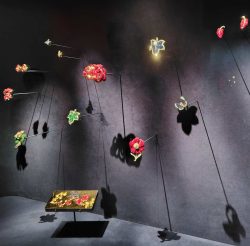
Van Cleef & Arpels Dazzles with Art Deco Artisanry at Tokyo Exhibit
-

Disney’s ‘Twisted-Wonderland’ Animated Series Puts Villains in Spotlight: New Show Features School Inspired by Classic Disney Films
-
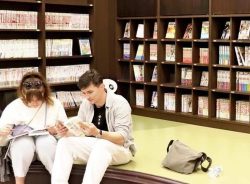
Japan Plans to Distribute Manga Overseas Via New Platform
-

Japanese Craftsman Produces Beautiful and Durable Bags Made of Wood
-

Ayumi Hamasaki’s Shanghai Concert Canceled Day Before Schedule as Part of Beijing Backlash
JN ACCESS RANKING
-

Keidanren Chairman Yoshinobu Tsutsui Visits Kashiwazaki-Kariwa Nuclear Power Plant; Inspects New Emergency Safety System
-

Imports of Rare Earths from China Facing Delays, May Be Caused by Deterioration of Japan-China Relations
-

University of Tokyo Professor Discusses Japanese Economic Security in Interview Ahead of Forum
-

Japan Pulls out of Vietnam Nuclear Project, Complicating Hanoi’s Power Plans
-

Govt Aims to Expand NISA Program Lineup, Abolish Age Restriction


_0001-250x189.jpg)
